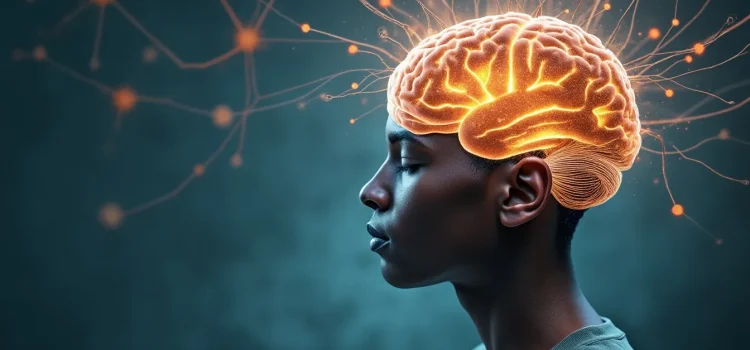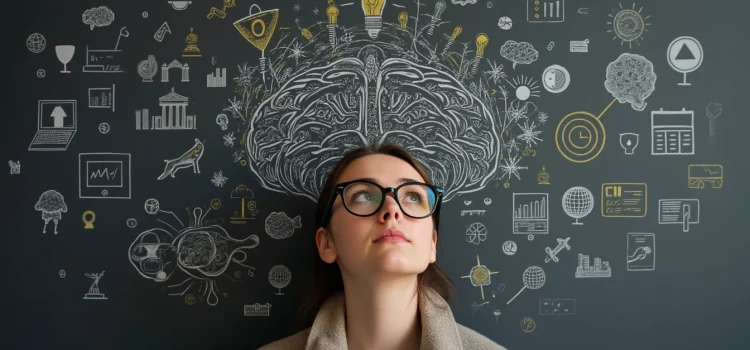How well do you know your customers’ needs? Are you meeting those needs better than your competitors? Knowing how to identify customer needs is crucial for any business. By understanding what your target market truly wants, you can create products and services that stand out from the competition. This process involves calculating the value of each need and crafting a compelling value proposition. Read more to learn the steps you can take to pinpoint and address your customers’ most pressing needs.
How to Identify Customer Needs Your Product Should Address










